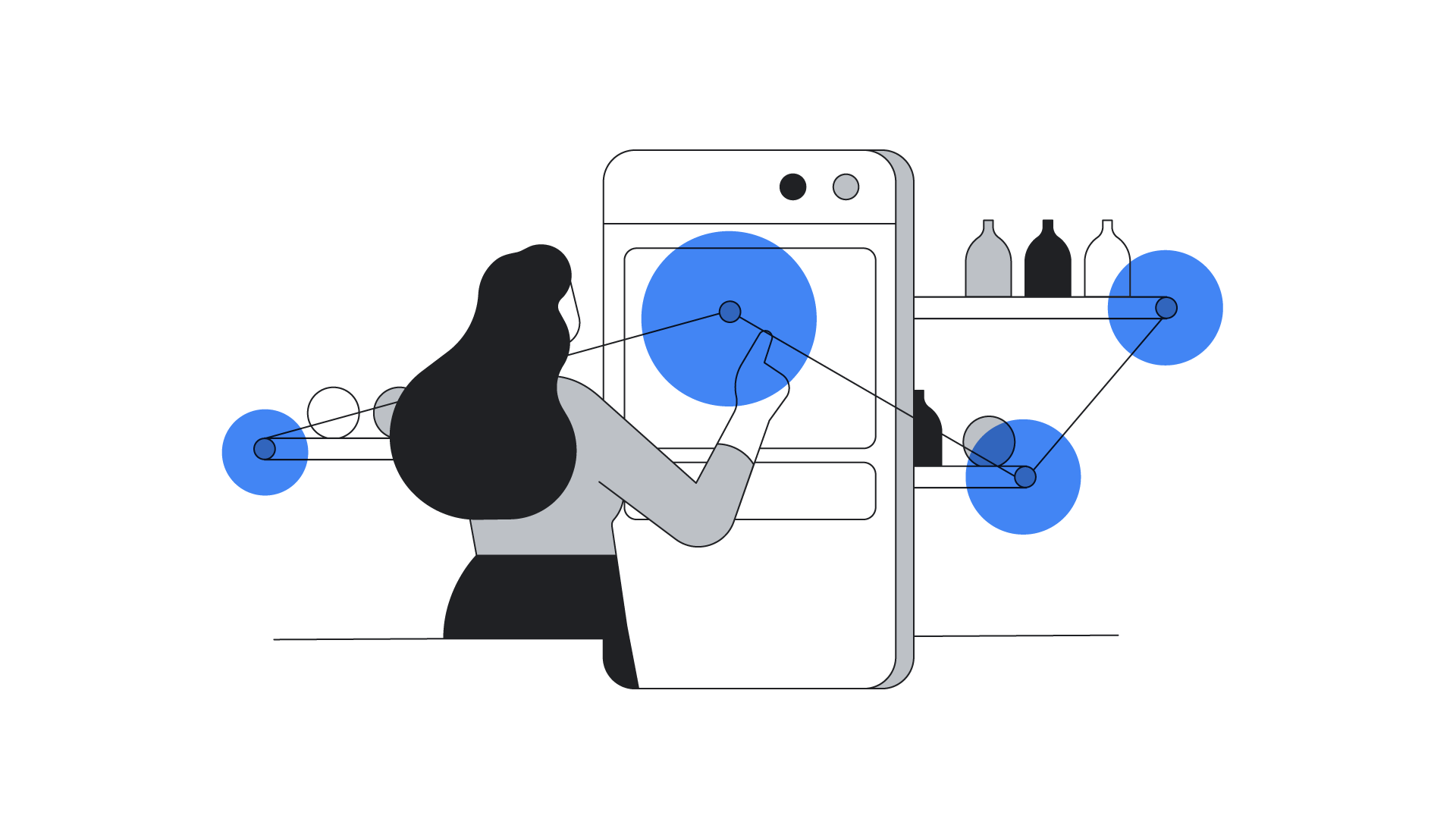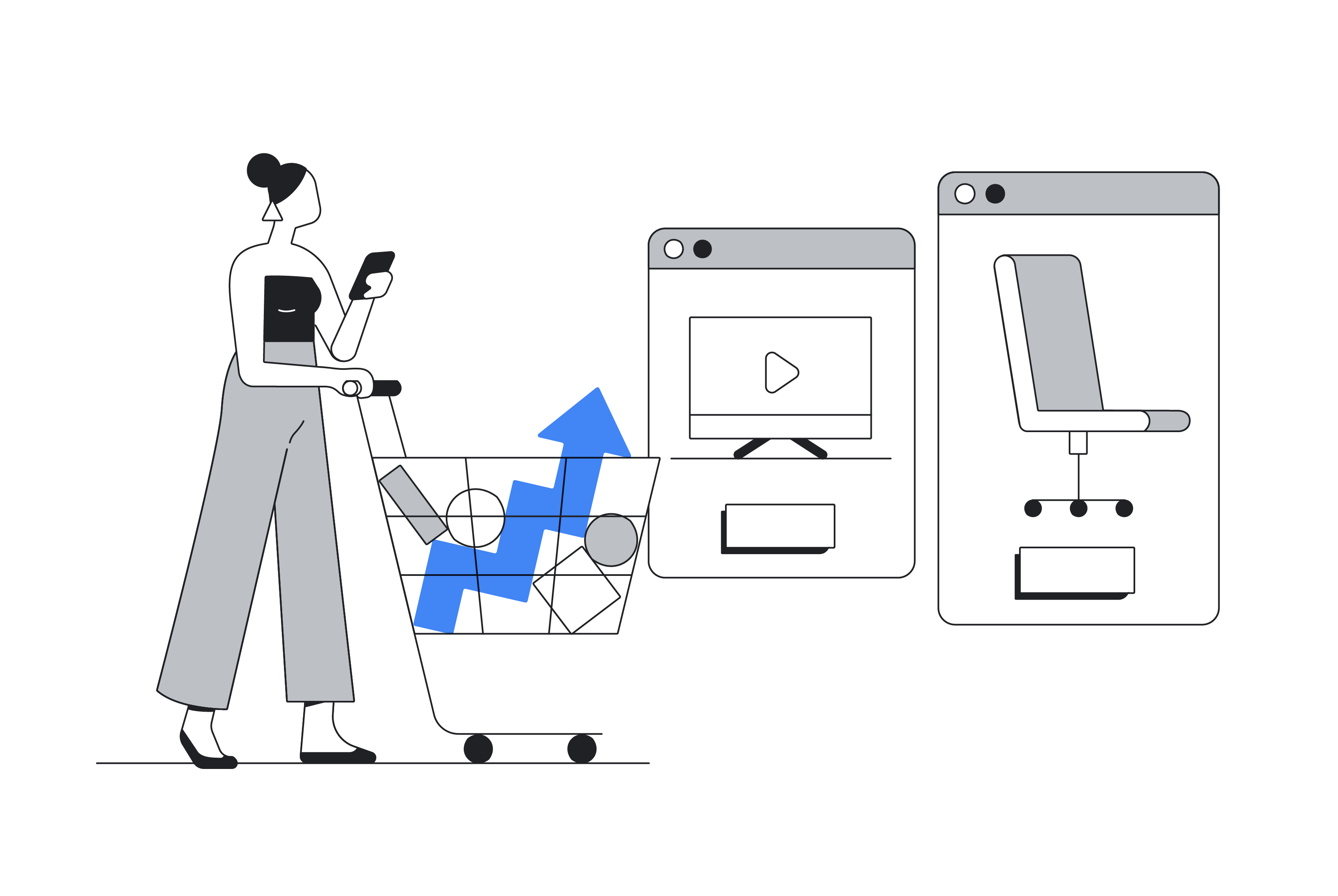Big name buyouts, post-lockdown make-up trends, and surging sales of “going out” clothes. The fast-changing fashion and beauty industries — and the consumer shifts that influence them — were never far from headlines in 2021.
We’ve conducted research in partnership with Trinity McQueen to analyse the attitudes and behaviours of 7,000 shoppers across the U.K. to better understand change at a consumer level and help retailers and brands to navigate continued disruption.
Here are three sustained shifts defining the fashion and beauty industries — with the associated actions for marketers to turn these changes into opportunities.
Consumers find many experiences better online
Online looks set to remain dominant in 2022. Prior to COVID-19, 31% of beauty consumers and 29% of fashion consumers described themselves as shopping mostly or entirely online, but in our most recent survey, those figures were 49% and 57% — only a few points down from an all-time peak during last year’s lockdowns.1

However, there are some interesting patterns and differences emerging across age groups. While younger fashion and beauty shoppers are still more likely to buy online, Generation Z are less inclined to say they shop mostly or always online than millennials.
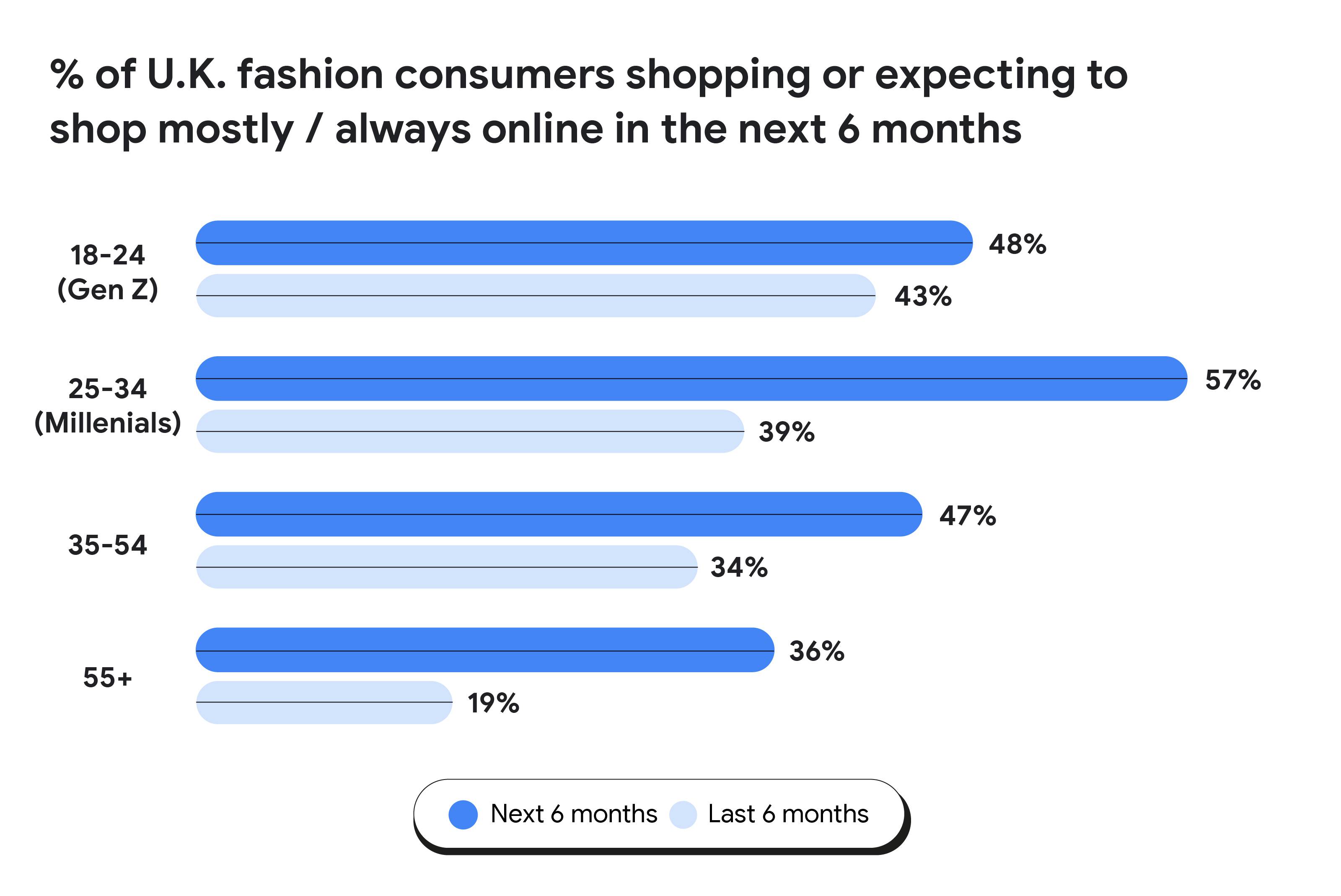
Our research found this generation of digital natives have new and seemingly higher expectations of the online and offline shopping experiences.2 And insights suggest retailers and brands can’t expect to automatically win over the Gen Z consumer online.
Despite this, the general picture is that the online shopping experience is meeting customer expectations. Fashion and beauty consumers continue to rate shopping experiences and features such as “customer reviews” and “paying for products” as better online.3 Aspects such as “browsing for products” and “the ability to compare” are also now perceived by the majority of shoppers as better digitally than in store — with 34% of beauty consumers saying that comparing products is better online.4
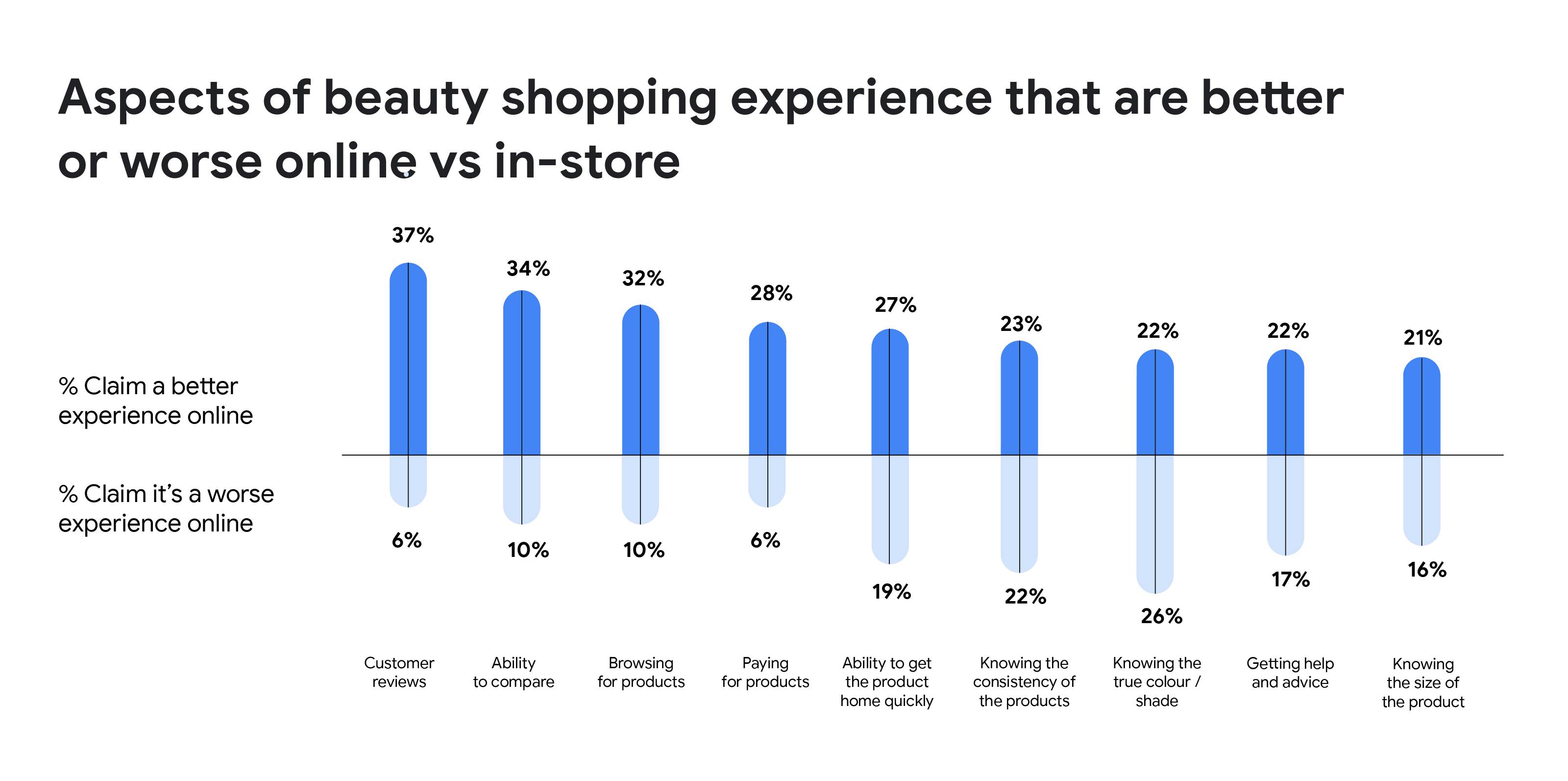
But the physical store clearly continues to add value, even in an increasingly digital landscape. Testament to this is e-commerce giant Farfetch investing in the “store of the future” and the rising popularity of beauty concierge services.
Retailers need to be set up to facilitate customer journeys as they move between these online and offline shopping experiences. Those creating a seamless journey — and meeting expectations along the way — will be best placed to capture demand.
Action for marketers:
With omnichannel behaviours becoming the norm and consumer expectations rising across the board, retailers should focus on minimising friction between different channels. This will also help build a consistent brand experience that will motivate shoppers to return, be that in-store or online — or quite possibly both. Connect sales data across touchpoints to more accurately measure your performance and discover which levers are contributing the most value to your business. For example, use first-party data on the number of people who viewed your ads and later visited your shop to determine the impact of your online marketing on in-store outcomes.
The window shopping experience has moved online
Our research indicates that the return of high street footfall has not impacted online demand. Many of the online shopping behaviours formed during the pandemic are here for the long term — most notably the shift towards channels such as Search and YouTube for discovery and inspiration
Search demand for fashion and beauty categories online has remained constant. And, while Google mobility data shows a steady increase in store visits,5 internet sales are still firmly above those of pre-pandemic levels.
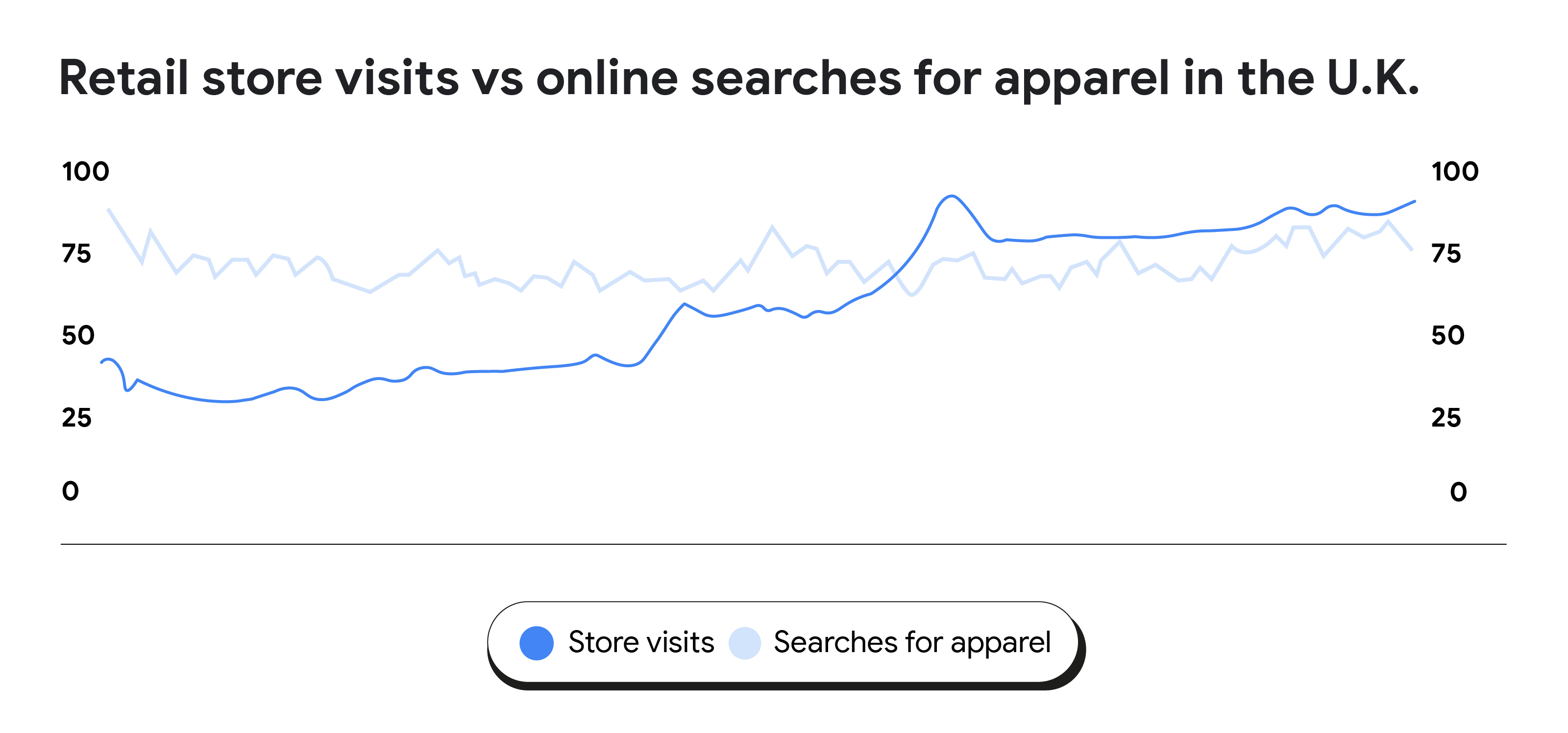
Search interest for generic terms, such as “best slim jeans” and “nude lipsticks”6, continue to grow faster than branded searches. This indicated that shoppers are more likely to go online for research and ideas for what to buy than simply to quickly purchase a specific product.
Action for marketers: Browsing habits have evolved as people seek the window-shopping experience on digital platforms. To meet consumer expectations here, a strong visual presence is key. Build an organic presence on Google Images and harness new automated ad formats, such as Performance Max, to reach and connect with valuable shoppers on Search and across the Google ecosystem.
The door is still open for new brands and loyalties
As people spent more time at home and online, we saw shoppers increasingly open to trialling new brands. We expected this to wane as stores reopened and demands on our time returned, but our study found the opposite. Over 50% of beauty consumers trialled a new brand between January and June 2021, compared with 34% in March to December 2020 and there was a similar jump in fashion shoppers too.7 Not only are shoppers spending more time online in the inspiration phase of the shopping journey, but this is translating into discovery and trial of new brands.
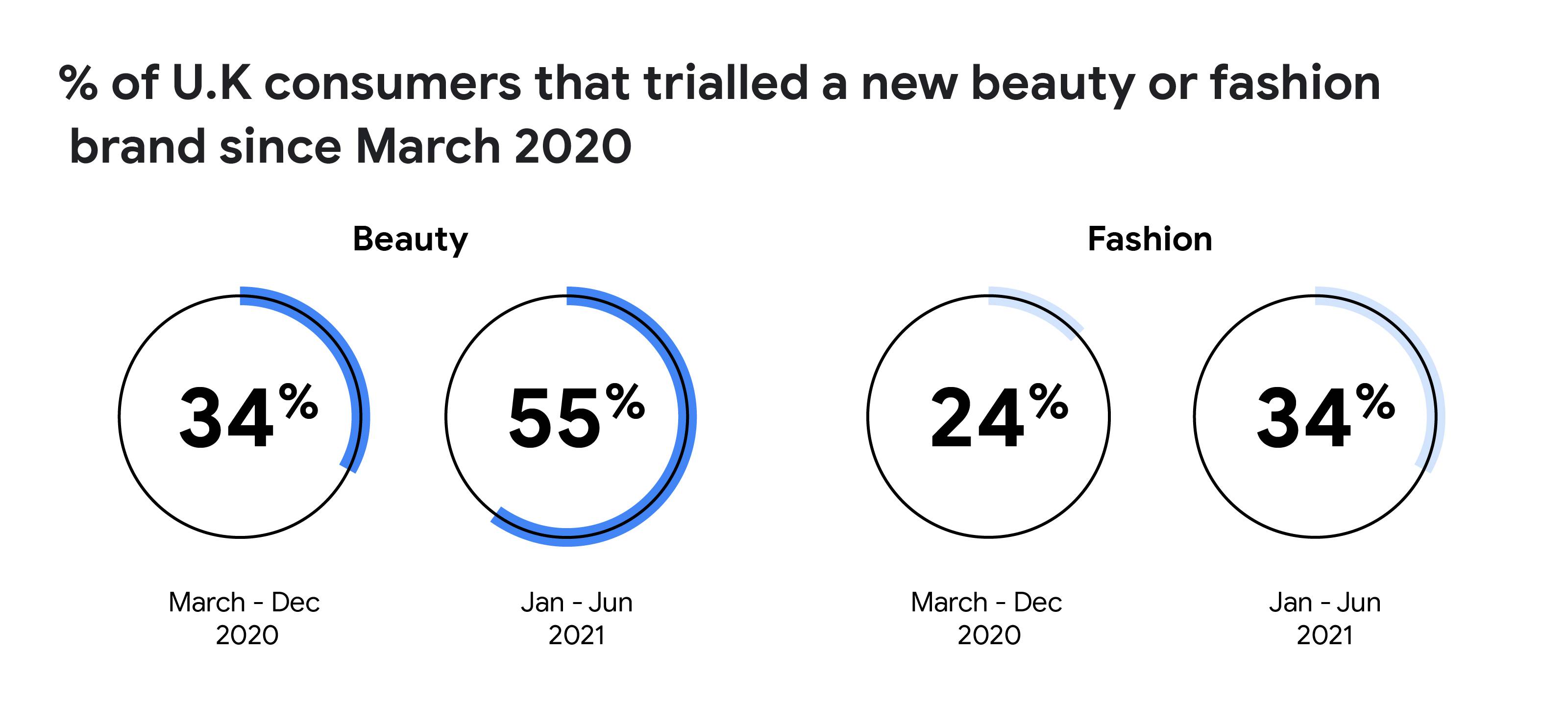
Notably, the share of U.K. online traffic of some of the largest fashion retailers decreased from 33% in 2019 to 27% in 2021 as challenger brands squeezed in.8 Consumers now have more access to brands and retailers of any size from any location — and they are ready and willing to buy from them.
Action for marketers: Shoppers demonstrating a reduction in brand loyalty should be seen as an opportunity. Consider bidding on non-branded search terms to help connect with consumers in moments of discovery and deliberation. Automated ad formats using first-party data, and with activity optimised towards metrics such as customer lifetime value, are key to capturing demand and driving profitable growth in the long term.
